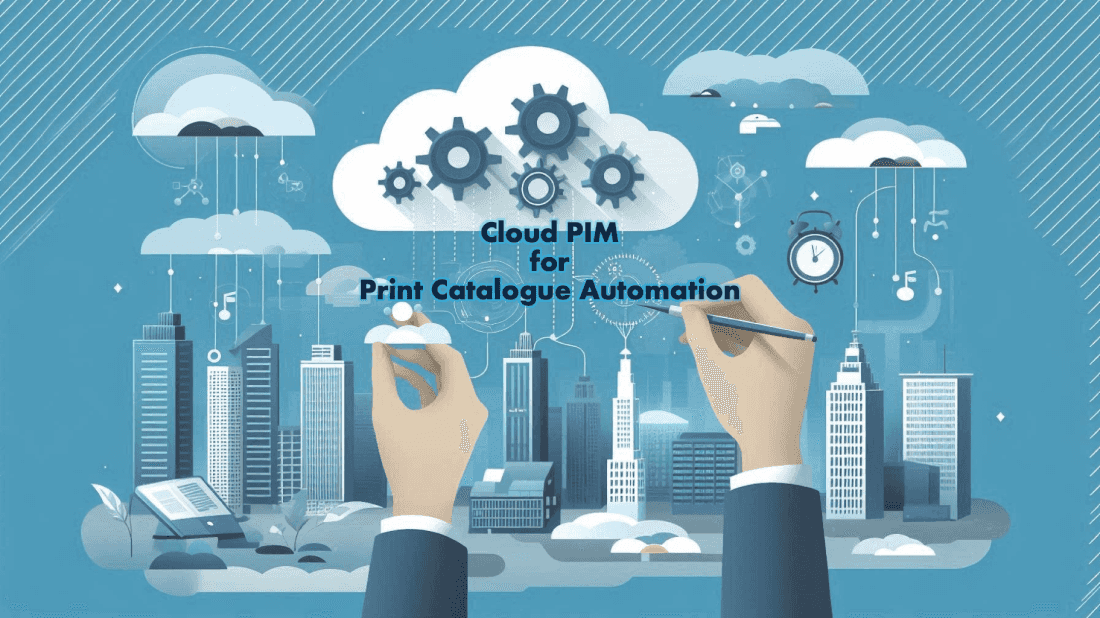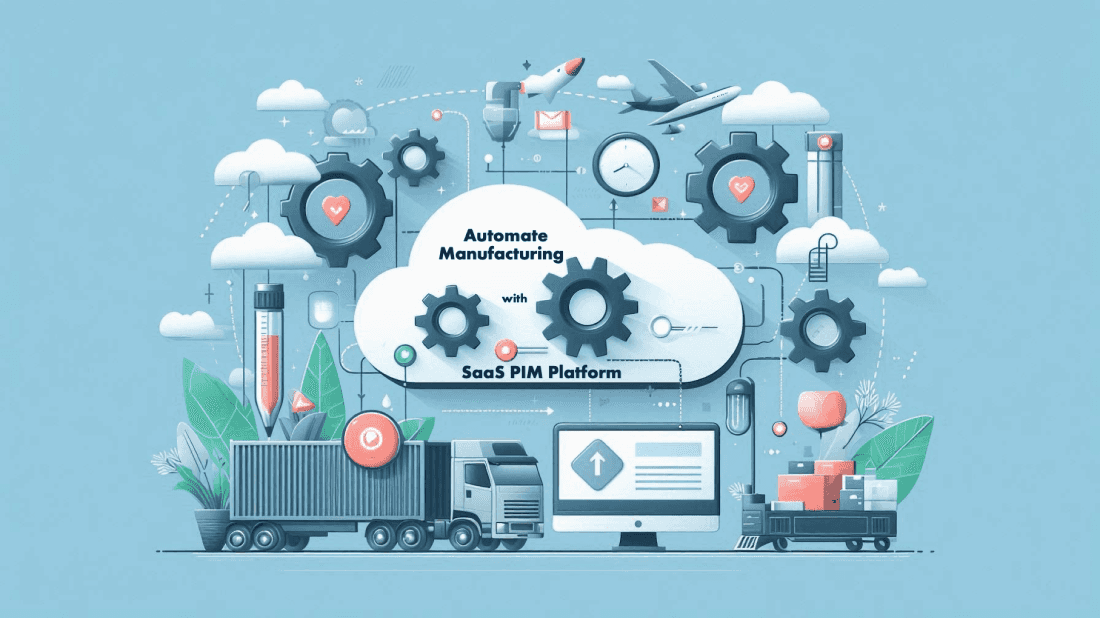May 3rd, 2024
Master PIM and PDM Integration for Manufacturing Excellence
Categories:Product Information Management SystemProduct Data Management SystemIntegrating Product Information Management (PIM) systems effectively is crucial for manufacturers who distribute their products through channels such as partners or distributors.
Proper integration of PIM systems is essential to manage the increasing influx of data and streamline operations across various systems and communication channels.
Decoding the Strategic Integration of PIM Systems
Integrating a PIM system into an existing technological infrastructure enhances an organization's ability to amalgamate product data from diverse sources, achieving a comprehensive and unified view of product information. This seamless data exchange and synchronization across systems—including Customer Relationship Management (CRM), Enterprise Resource Planning (ERP), and other operational management systems—facilitate enhanced data accuracy and streamline product content management.
Detailed Approaches to PIM Integration
- API-led Connectivity: This modern approach uses application programming interfaces (APIs) to connect data across systems, overcoming the limitations of traditional point-to-point integration. It enhances flexibility and scalability, providing a robust framework for dynamic data exchange. API-led connectivity ensures that data flows efficiently between systems, reducing latency and eliminating data silos.
- Cloud-based PIM Solutions: Leveraging cloud technologies, cloud-based PIM systems offer enhanced scalability and collaboration capabilities. These solutions are particularly beneficial for manufacturers looking to manage product information efficiently without substantial upfront investment in IT infrastructure. Cloud PIM also facilitates better disaster recovery and data redundancy plans.
- Custom Integration Solutions:Depending on the specific needs and the existing tech stack of a business, custom integrations can be developed to ensure that the PIM system works cohesively with other applications, enhancing overall operational efficiency. This approach allows for tailored workflows that are specifically designed to meet the unique processes and requirements of manufacturers.
Benefits of Effective PIM Integration
A well-implemented PIM system can significantly impact business agility, accelerate time-to-market, and improve overall customer satisfaction by ensuring that all stakeholders, including channel partners and distributors, have consistent and timely access to product information. Other benefits include:
- Enhanced Data Quality: Integration helps in maintaining high data accuracy and consistency across all channels, which is critical for manufacturing firms that rely on precise specifications.
- Increased Operational Efficiency:By automating data exchanges, companies can reduce manual efforts, minimize errors, and allocate resources more effectively.
- Improved Market Responsiveness: With streamlined data management, manufacturers can quickly update product information and respond to market changes and consumer demands with greater agility.
Best Practices for PIM Integration
To maximize the benefits of PIM integration, manufacturers should consider the following best practices:
- Evaluate System Requirements: Understand the integration needs by assessing the number and type of systems involved, the volume of data exchange, and the level of customization required.
- Prioritize Data Security: Implement robust security measures to protect sensitive product information from unauthorized access.
- Ensure Data Quality: Develop strategies to maintain high data quality, including regular audits and validations to manage data consistency.
- Adopt an Agile Approach: Use agile methodologies to adapt integration processes rapidly and efficiently to changing business needs.
How Neurologik Can Assist
Effective PIM integration is vital for manufacturers aiming to optimize their operations and product management strategies. Neurologik ProductHub provides cutting-edge PIM solutions tailored for manufacturers to ensure seamless data integration and management. With Neurologik, businesses can unlock the full potential of their product information, driving growth and improving partnerships.







